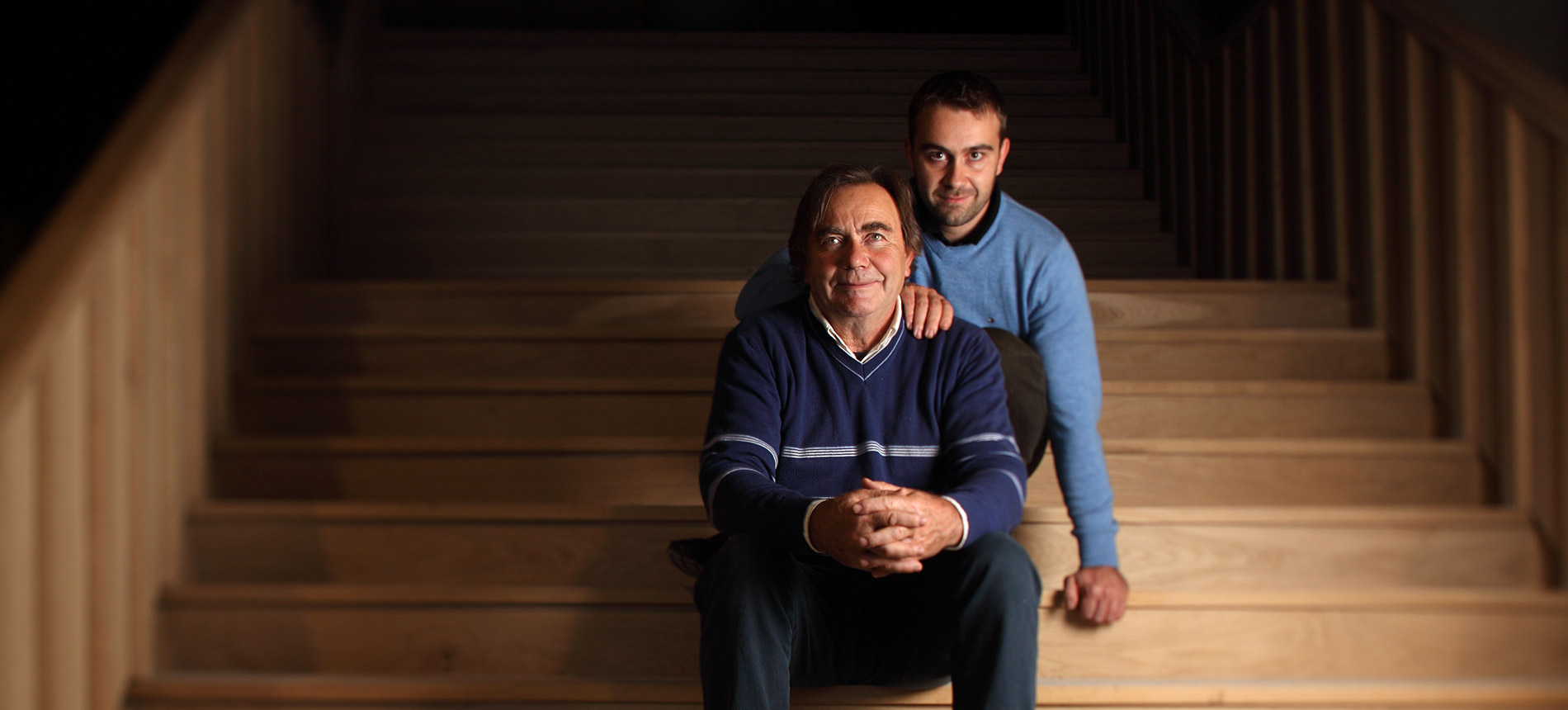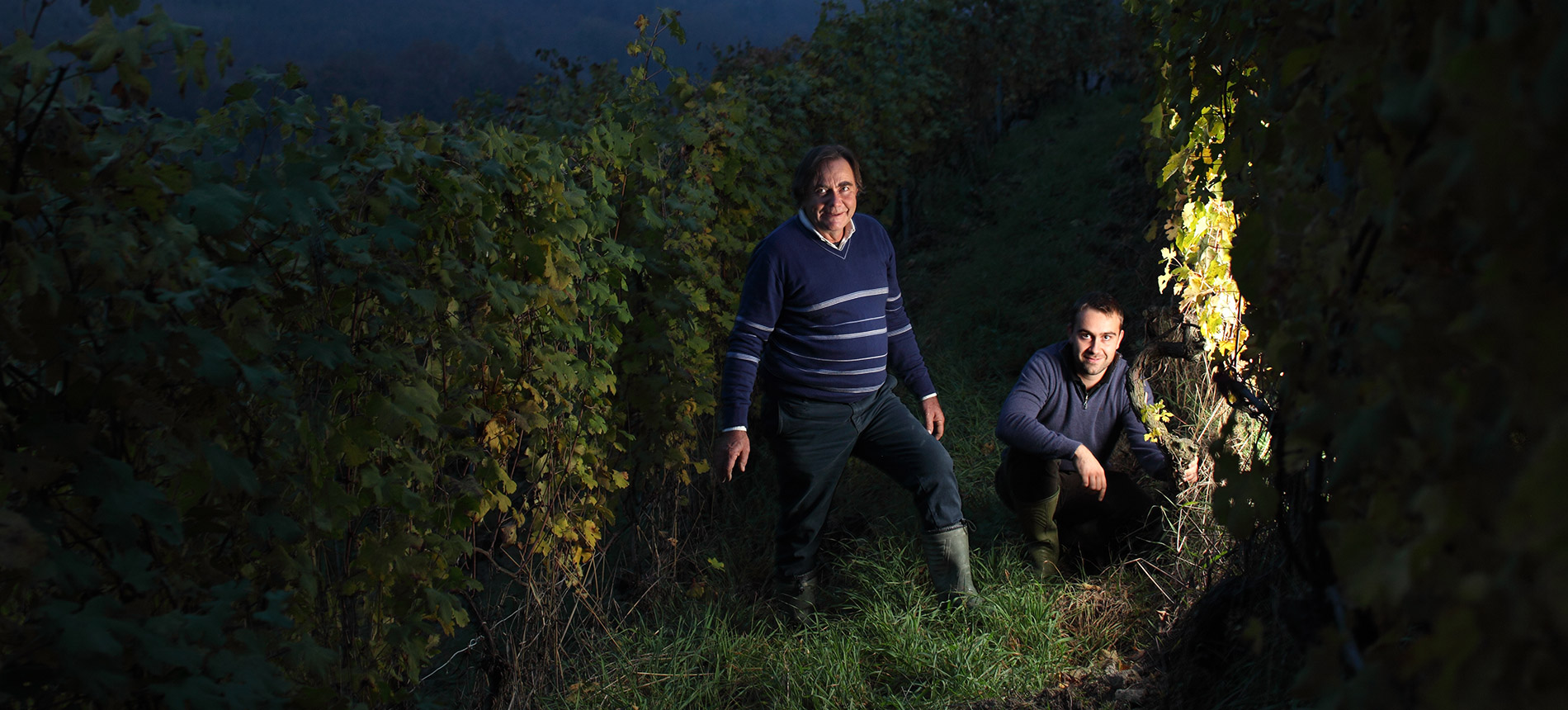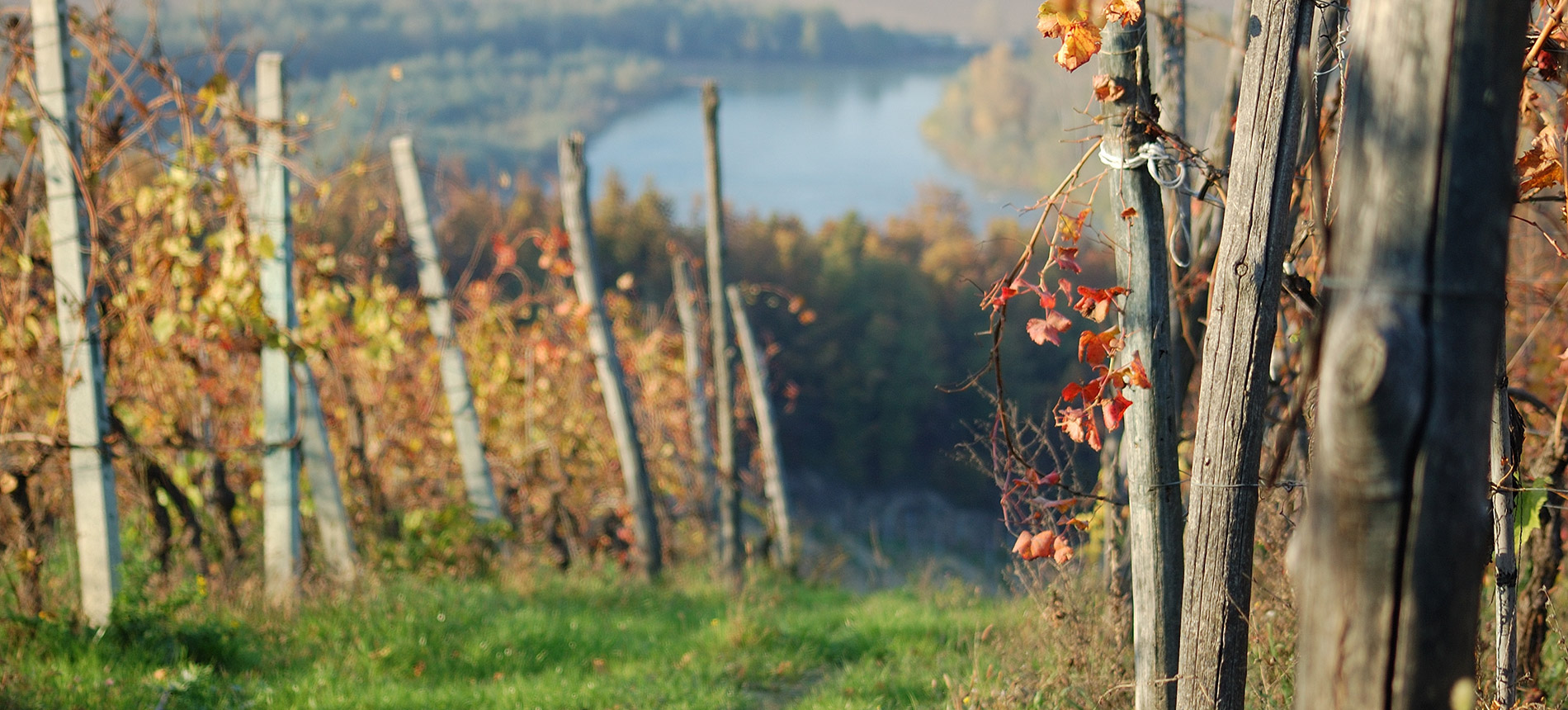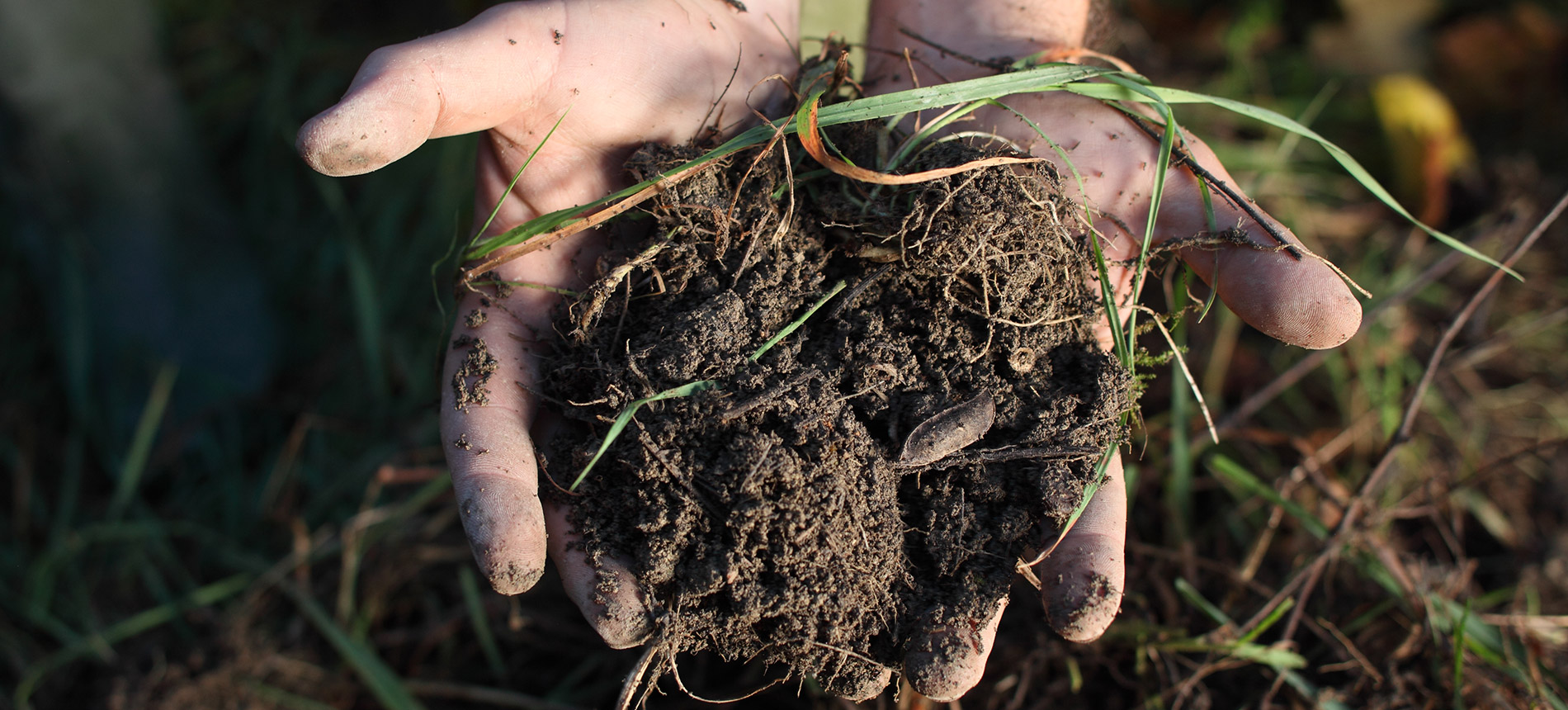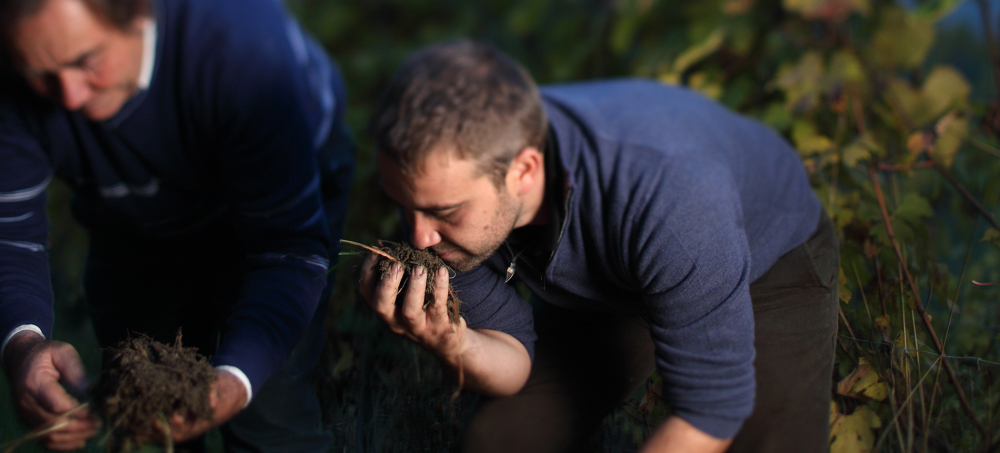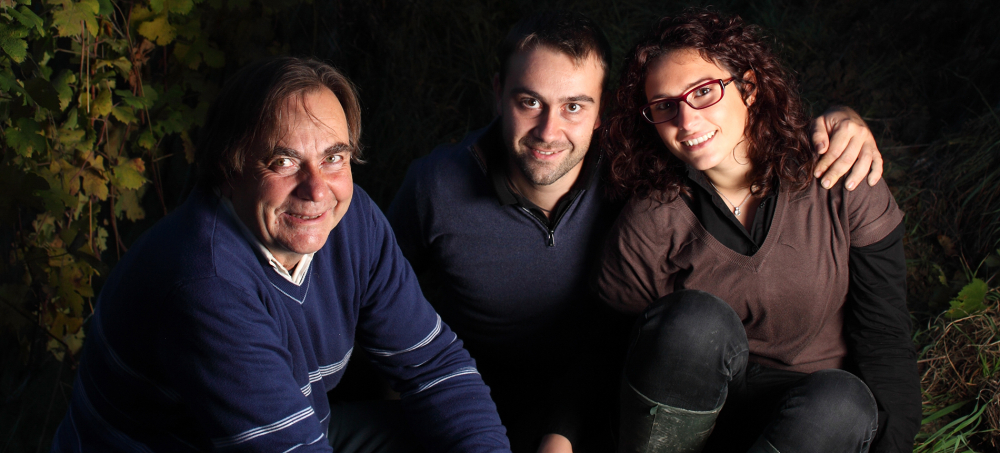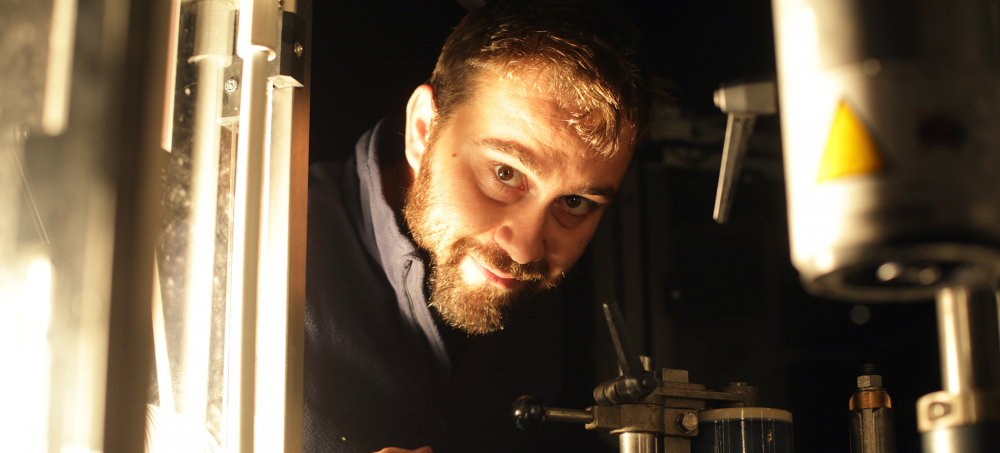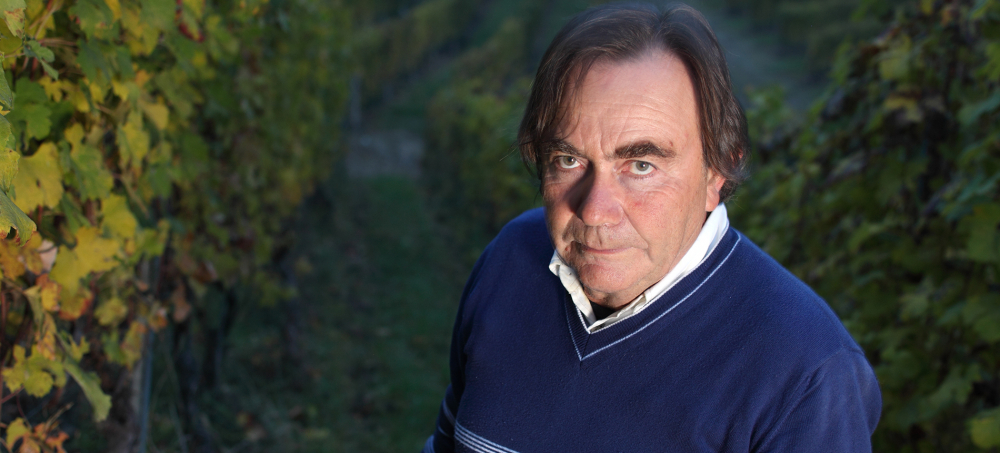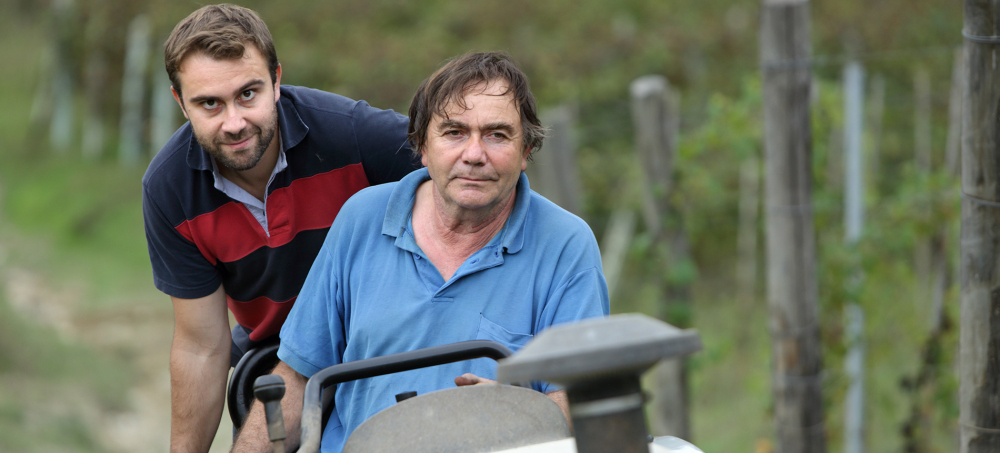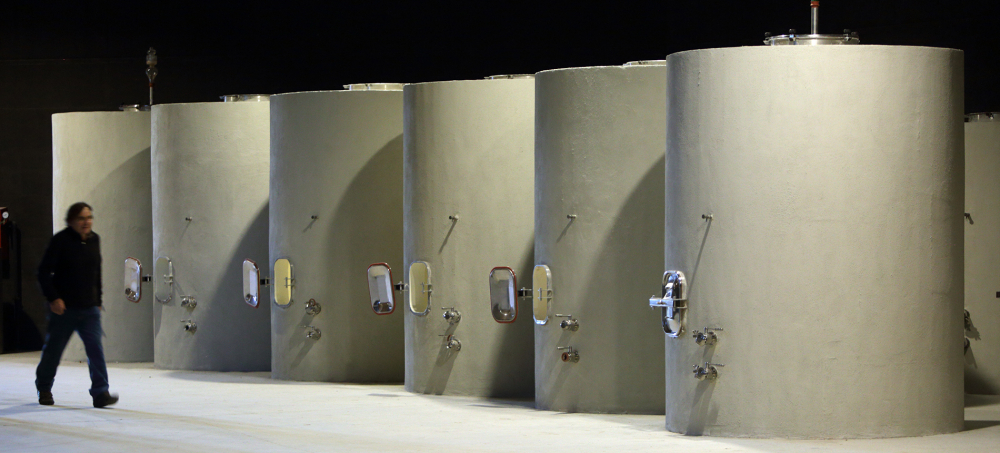The fine estate of Roagna has long roots in the commune of Barbaresco, having been started very early in the twentieth century by Vincenzo Roagna. Vincenzo passed on the reigns to his son Giovanni Roagna, who in his turn saw his son Alfredo succeed him as the head of the estate. Today the property is run by Luca Roagna, the fifth generation of the family. Luca was born in 1980 and succeeded in winemaking for the property soon after he graduated from oenological school in 2001. The style of the estate’s wines has been carefully passed down through all five generations of the Roagna family, with the wines made in a very traditional and classic style. These are deep, complex, and structured wines that are built to age and handsomely reward cellaring.
The heart of the Roagna estate is its six and a half hectares of vineyards in the commune of Barbaresco, most of these lying in the cru of Pajè. From the Pajè vineyard, the Roagna family now makes three distinct cuvées, a Barbaresco “normale” labeled as Barbaresco “Pajè,” a Barbaresco Paje Vecchie Vite and “Crichët Pajè" - made from the crest of the Paje cru. In 1989 the family’s long-held aspirations of owning top-level crus in Barolo comparable to their Pajè holdings in Barbaresco came true when they purchased a parcel historically known as La Rocche e La Pira, in the fabled village of Castiglione Falletto.
Through the 2004 vintage, wines from Pira were labeled as either Barolo “La Rocca e La Pira” or Barolo Riserva “La Rocca e La Pira.” For the 2005, 2007, and 2008 vintages, wines from that vineyard were labeled as “La Pira” or “La Pira Vecchie Vite,” although the fruit has always been sourced from the same vineyard. The label changed again beginning with the release of the 2009 wines – they now have to be labeled with simply “Pira” which is the new official name of the vineyard according to the new disciplinary for the Barolo appellation. There will also sometimes be a Barolo Pira Vecchie Vite selection from the oldest vines in the cru. He will still occasionally release a Riserva selection: a barrel or barrels of the VV held back for additional time in the cellar. For the long-term aging of these special Riserva releases, Luca now ages them in specially made Clayver vessels made of ceramic which are more porous than concrete creating the approximate oxygenation of a barrel albeit in a more neutral vessel. All of Roagna’s cru wines are from vines aged 25-50 years, the VV wines are from vines older than 50 years of age.
Beginning with the 2013 vintage, Luca has started bottling two new wines: a cru Faset wine (from a leased parcel) and a Barolo di Barolo from the Terlo cru in Barolo – from vines owned by his partner, Romina’s family. Starting with the 2014 vintage he debuted two additional wines from leased parcels, one from the famed Barbaresco cru Gallina in Neive and the other from, perhaps Barbaresco’s greatest cru, Albesani.
The vinification techniques at Roagna are still traditional though Luca has made noteworthy improvements and changes to the process. The fermentations are in cask and the macerations have gone from around thirty days to, on average, 60-90 days. The aging regimen depends a bit on the cru and vintage but goes from 2-3 years to sometimes 8-10 and as much as 15-16 years for the Riserva. Luca has also switched all of their oak to the highest quality French oak 10cm thick – twice the thickness of a standard cask. These casks allow for a very slow micro-oxygenation which adds to the elegance of the finished wines.
In addition to their fine Barbaresco and Barolo bottlings, the property also makes a Langhe Rosso cuvée from “younger Nebbiolo vines” which in Luca’s case are under 25 years – hardly young by other producers’ standards. He also produces a chewy and intensely flavored Dolcetto and a white wine that is a blend of 75-80% chardonnay and 20-25% Nebbiolo (vinified without the skins) which they label as Langhe Bianco Solea. The Langhe Bianco Solea is held for three years before release by the winery and is a medium-full, fresh, and pure white that typically offers up an aromatic blend of pear, flowers, a touch of honey, and pastry cream. All of the estate’s wines are bottled unfined and unfiltered.
But as noted above, the heart and soul of the Roagna domaine are its Barbarescos and Barolos. The Barbarescos are deep, pure, and soil-driven wines that offer up fine depth of black fruit, strong signatures of terroir, hints of licorice and fresh herbs, and a judicious base of tariness. On the palate, both Barbaresco bottlings are full-bodied and structured, with firm, well-integrated tannins that demand some time in the cellar before drinking. They have a superb track record for longevity. The Barolos are a bit more robust and show some red fruity character to go along with their core of black cherry fruit, anise, autumnal soil tones, tar, and woodsmoke. On the palate, they too are full-bodied and powerful wines, with fine balances and the potential to easily evolve in the cellar for thirty or more years. Like many traditional Barolo or Barbaresco producers, the wines of Roagna improve immeasurably if decanted for a significant period of time prior to drinking, even when the wines have spent several years in the cellar. The estate has a long and successful history, but Luca has certainly taken the estate to the highest echelon of the region.
CRUS REPRESENTED
BARBARESCO
Commune of Barbaresco
Asili: Asili is one of the great sites in Barbaresco. Sandy soils give Barbarescos that are distinguished for their silky tannins and exquisite aromatics. Asili Barbarescos typically drink well early but also age very well. (Vinous.com)
Paje: The power, amplitude and distinctly spiced personality of Pajè Barbarescos at times bear some similarities to the wines of Rabajà, but with a bit less structure and intensity. (Vinous.com)
Faset: Barbarescos from Fasét are often supple, fruity and accessible young, all characteristics this site shares with Pora, which lies adjacent and to the south east. Fasét also shares a border with Asili, but the wine's don't have the perfume or extreme silkiness that are the hallmarks of this site. (Vinous.com)
Montefico: Montefico, which sits on the northern edge of town, is one of Barbaresco's great sites. At their best, Montefico Barbarescos bring together the energy and drive of Ovello along with the greater breadth of Montestefano. Historically, Montefico Barbarescos have proven to age impeccably. (Vinous.com)
Commune of Neive
Albesani: Albesani is one of the top sites in Neive. The famed Santo Stefano sits in the center of the hillside. The mostly south-facing Santo Stefano yields powerful, structured Barbarescos none more majestic than Bruno Giacosa's Barbaresco Santo Stefano. With time, Santo Stefano Barbarecos develop notable sweetness, along with floral and spiced overtones. On its own, Santo Stefano is an Exceptional vineyard, while Albesani as a whole is more varied. (Vinous.com)
Gallina: Some of the most round, sexy and approachable Neive Barbarescos are found in Gallina. The Barbarescos tend to be silky, perfumed and easy to drink young, which is somewhat out of character for Neive. The best wines offer long and broad drinking windows. (Vinous.com)
BAROLO
Commune of Barolo
Terlo (Barolo di Barolo): This cool microclimate produces tense, energetic Barolos with firm, chalky tannins and tons of personality. Terlo Barolos often do well in hot vintages, where the exposure is a help in protecting the plants from excess heat. (Vinous.com)
Commune of Castiglione Falletto
Pira: This steep, hillside site, home to the new Roagna winery, yields big, powerful Barolos endowed with significant structre and aging potential. (Vinous.com)
Rocche di Castiglione: This very steep site in Castiglione Falletto yields Barolos that stand out for their lifted aromatics, detail and nuance. Rocche Barolos often drink well young yet also age with notable grace. These are among the most sensual and regal of all Barolos. (Vinous.com)
